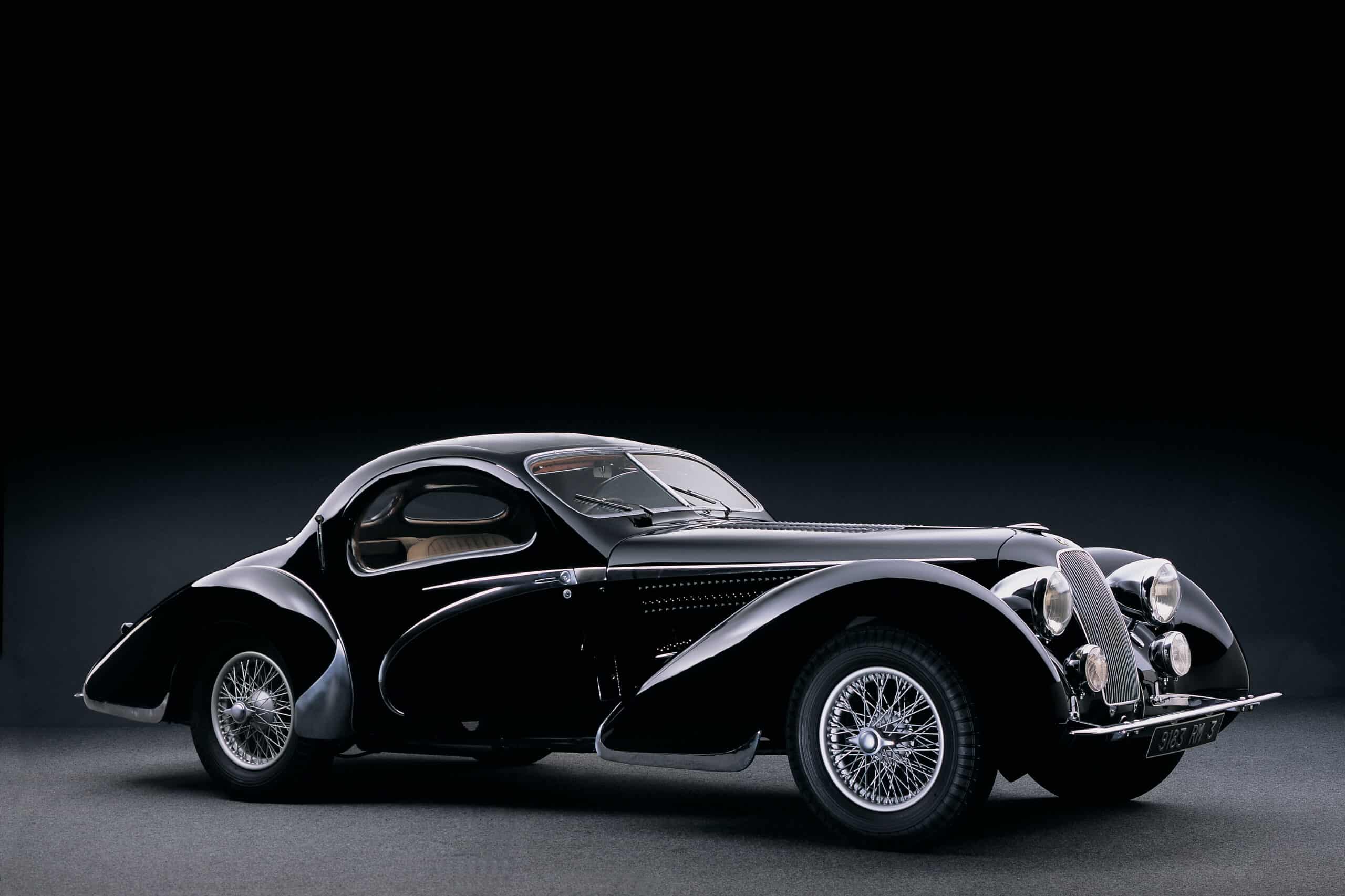When a particular car reaches almost $14 million at an auction, it ceases to be just a vehicle. It has become a national treasure, renewed work of art, and an invaluable piece of automotive history, more at a place in museums and galleries than on the road. The Talbot Lago T150 SS Teardrop Coupe is such a car. However, the story about the iconic T150 goes beyond just one special version and an auction record for the most expensive French car ever sold.
When a particular car reaches almost $14 million at an auction, it ceases to be just a vehicle. It has become a national treasure, renewed work of art, and an invaluable piece of automotive history, more at a place in museums and galleries than on the road. The Talbot Lago T150 SS Teardrop Coupe is such a car. However, the story about the iconic T150 goes beyond just one special version and an auction record for the most expensive French car ever sold.

The T150, introduced in 1937, was exactly like that. It featured improved chassis with independent front suspension (still a novelty in the late 30s) and a powerful, 4.0-liter straight-six model. This engine produced 105 hp and could push the standard T150 to quite a respectable 85 mph through a 4-speed manual transmission. The straight-six used Hemi heads which provided better flow, higher revs, and more power than the standard ones. Such performance raised a few eyebrows in the car industry, and Talbot Lago was noted as one of the most exciting models. As with so many similar companies, Talbot Lago didn’t produce its own bodies, and customers who bought standard chassis could opt for several different designs, coupes, convertibles, and sedans.
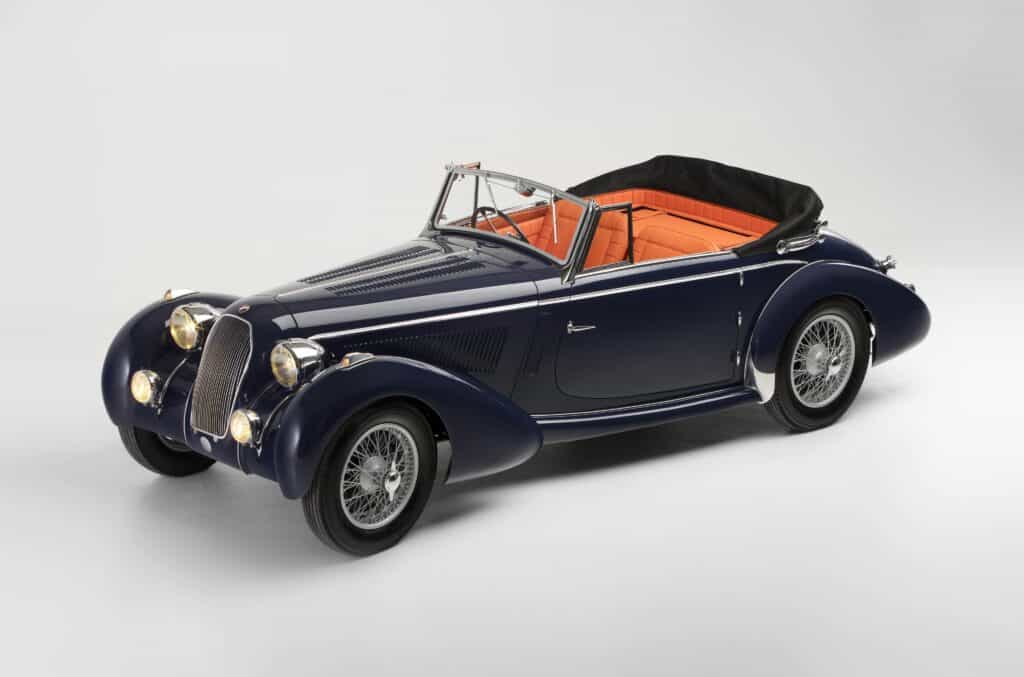
Antonio Lago knew that in order to promote his company, his cars needed racing success, and he campaigned several models based on the T150 architecture. The cars were reasonably successful, won several notable races, and scored high at Le Mans. Interestingly, Talbot Lago won the 24 Hours Of Le Mans in 1950 with a car loosely based on the T150 chassis and with an enlarged engine. Among sports car owners, Talbot Lago was well received because it had a lightweight body and engine which could be ordered with up to 140 hp, pushing the top speed over 100 mph. Compared to similar Bugatties, Talbot Lago was as good and as fast but slightly more affordable.
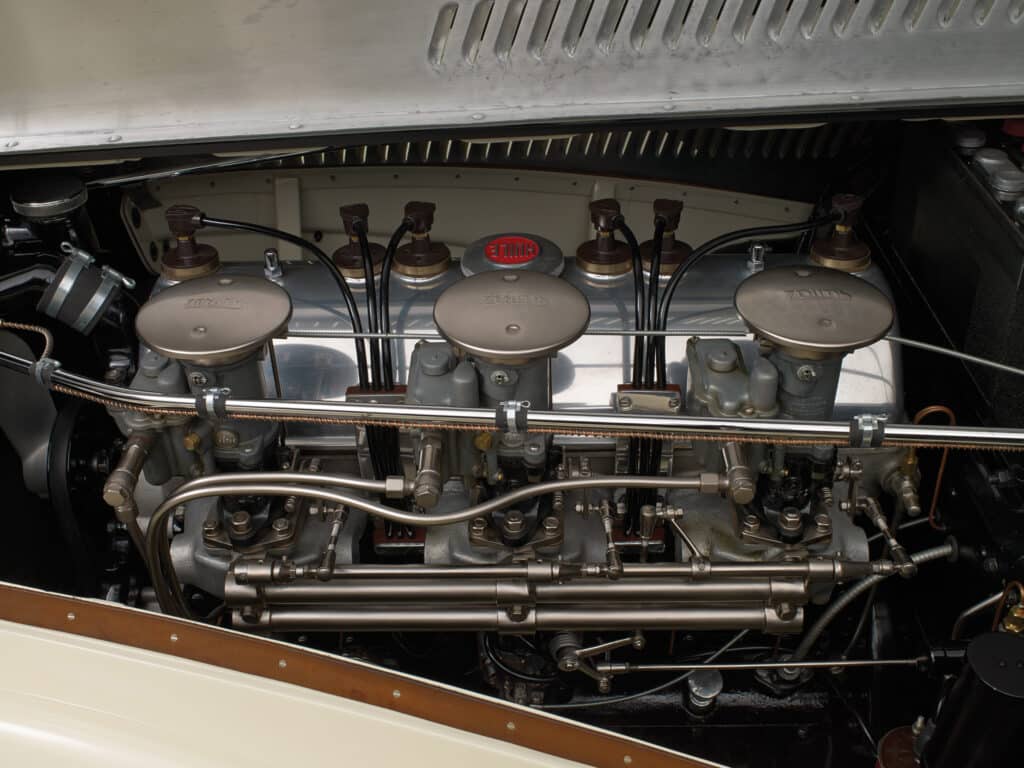
The racing career and demand for fast road cars inspired Lago to offer a specialty model with a shortened wheelbase, improved intake (two or three carburetor setups), lightweight bodies, two seats, and massively increased performance. So, in 1937 a Talbot Lago T150 SS was born. The SS version was based on the regular T150 but was more exclusive, expensive, and faster. Lago’s engineers managed to extract up to 200 hp from the 4.0-liter Hemi head six-cylinder, which was considered an insane amount of power. Of course, brakes were improved, but the standard, 4-speed manual was retained. The base price for T150 SS was over 78,000 franks which put it directly against cars like Alfa Romeo 8C 2900 and Bugatti 57S. To put it into perspective, it was four times more expensive than the 1937 Citroen Traction Avant, which was considered one of the best French mass-produced prewar cars.
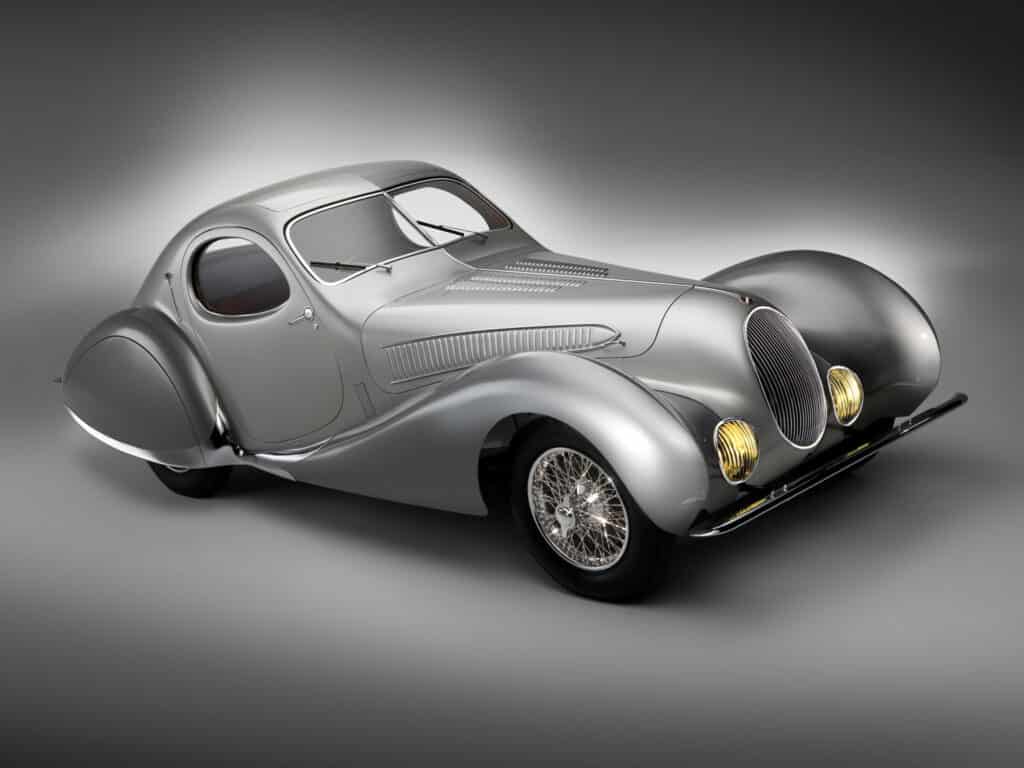
The racing career and demand for fast road cars inspired Lago to offer a specialty model with a shortened wheelbase, improved intake (two or three carburetor setups), lightweight bodies, two seats, and massively increased performance. So, in 1937 a Talbot Lago T150 SS was born. The SS version was based on the regular T150 but was more exclusive, expensive, and faster. Lago’s engineers managed to extract up to 200 hp from the 4.0-liter Hemi head six-cylinder, which was considered an insane amount of power. Of course, brakes were improved, but the standard, 4-speed manual was retained. The base price for T150 SS was over 78,000 franks which put it directly against cars like Alfa Romeo 8C 2900 and Bugatti 57S. To put it into perspective, it was four times more expensive than the 1937 Citroen Traction Avant, which was considered one of the best French mass-produced prewar cars.
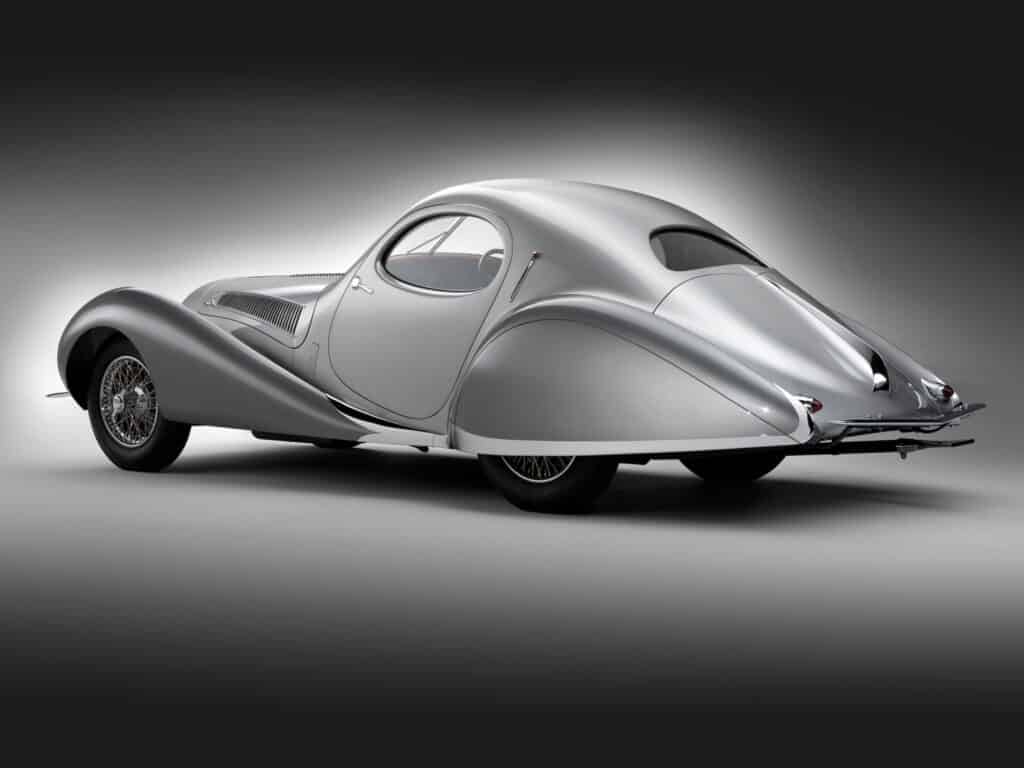
Even though this is the most famous Talbot Lago T150 model, car historians still determine the number of examples produced. Overall, less than 20 T150 SS chassis were delivered, and most of them were clothed by Figoni et Flaschi. However, the actual number is unknown; 11 is the most accurate number, but some say it was less than 10. There were also two distinct variations. The first cars were coupes with notchback designs called Coupe Jeankart, after the customer who ordered it like that. The other, more beautiful version was named Modelle New York after being shown at New York Car Show in 1937. Some cars featured all-aluminum designs for weight savings, and others were made of steel. As with all hand-built cars, no two are the same; today, about six cars survive. They rarely come up for sale, but when they do, they break records and turn heads just like they did in the late ‘30s cruising Parisian boulevards.



